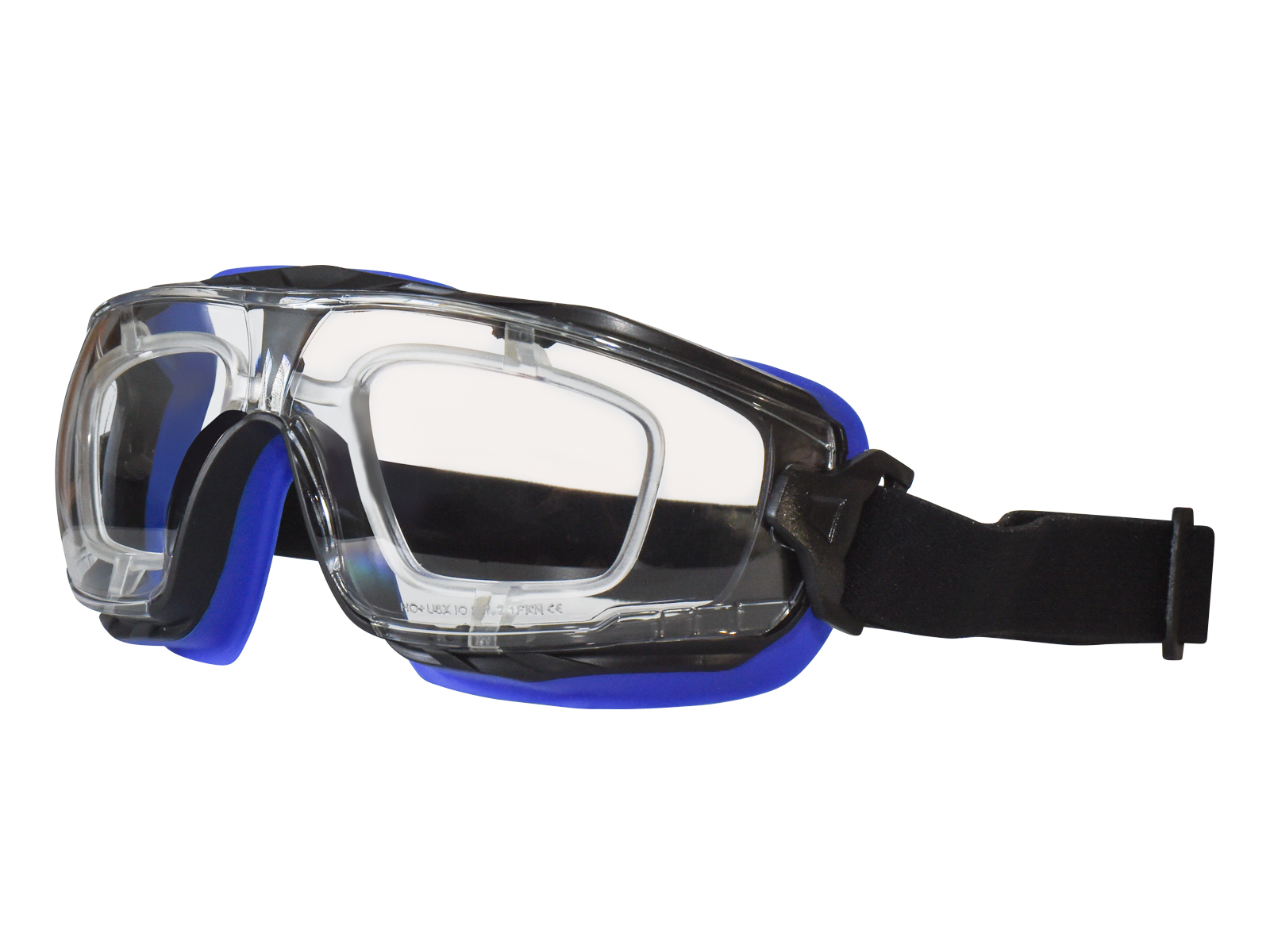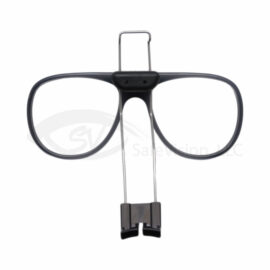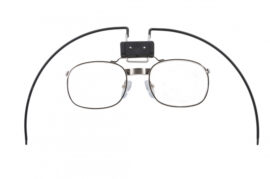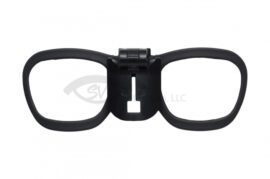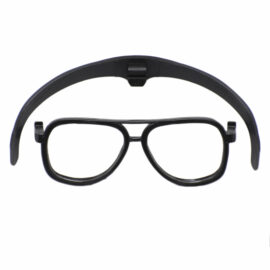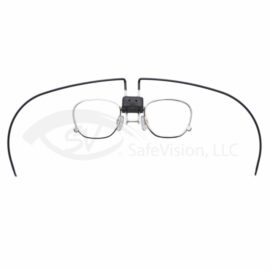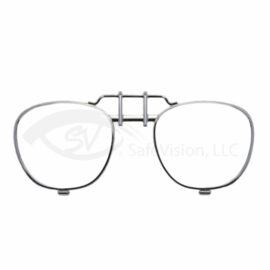Safety
Common Workplace Eye Hazards & How To Avoid Them
In nearly every occupation, there is some risk of eye injury in the workplace. While that risk is going to be higher in certain fields, such as construction, manufacturing, welding, etc., the fact remains that nearly every worker faces some form of potential eye injury.
In fact, the National Institute for Occupational Safety and Health reports nearly 2,000 US workers sustain job-related eye injuries every day.
From small particles to large objects, here are a few common workplace eye hazards and tips on how to avoid eye injuries.
Particle Hazards
One common workplace eye hazard is particles. Dust, sand, and other small particulates can cause irritation and inflammation of the eyes. In some cases, particles can even become lodged in the eye, causing pain and vision problems.
To protect against particle hazards, employees should wear proper safety glasses or goggles when working in dusty or sandy areas.
Chemical Hazards
Another common workplace eye hazard is chemical exposure. Chemicals can splash into the eyes, causing burning and irritation. Depending on the volatility of the substance, chemical burns can damage the cornea and lead to blindness.
To protect against chemical hazards, employees should wear safety goggles or face shields when working with potentially harmful chemicals. Our PENTAX GT20 goggle is rated D5 for fine dust which means it also covers D4 for regular dust and D3 for splash/droplet.
Flying Object Hazards
Flying objects, such as chips or shards from drilling or grinding, can cause severe eye injuries. Even small objects, such as paper clips, can cause eye injuries if they are thrown with enough force and you are unlucky.
Employees should wear properly rated safety glasses or goggles when working in areas where there are potential flying objects to minimize the risk of injury. All SafeVision frames are rated for high velocity and high mass impact resistance and are marked accordingly with a Z87+.
Machine Hazards
Machinery in industrial environments, such as saws, lathes, and drill presses, can cause serious eye injuries if safety precautions are ignored.
Employees should always wear quality safety glasses or goggles when working with machinery to limit risk of machine eye injury. Though many safety glasses are available with removable side shields they must be equipped to meet ANSI, CSA & EN safety standards for eye coverage.
Employer Eye Safety Training & PPE
Employers have a responsibility to make the workplace as safe as possible. This includes assessing and reducing eye hazards whenever possible, providing training on avoiding eye injuries and requiring appropriate safety eyewear while enforcing its usage.
Many employers offer a eyewear safety program to ensure proper personal protective equipment is available.
For more information on SafeVision Corporate Eyewear programs, contact us today.

